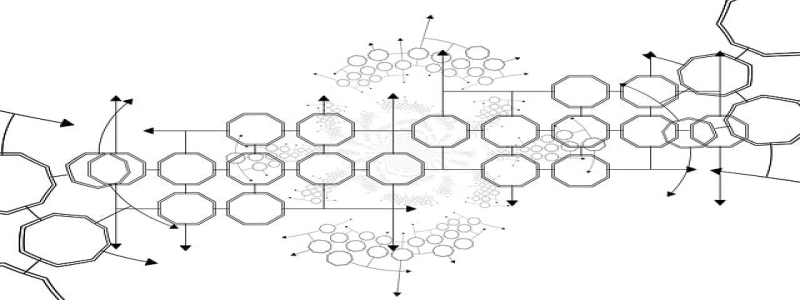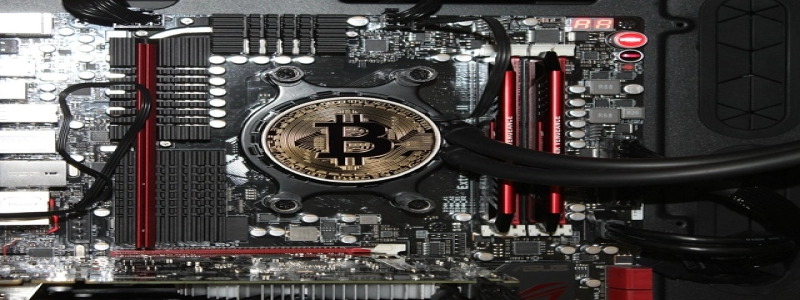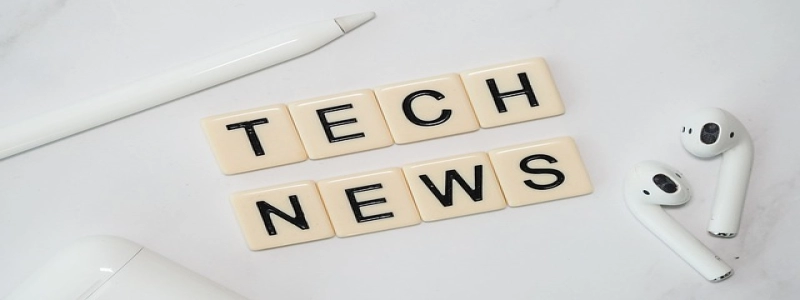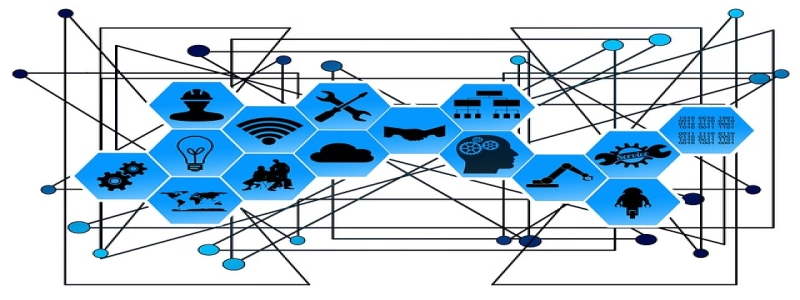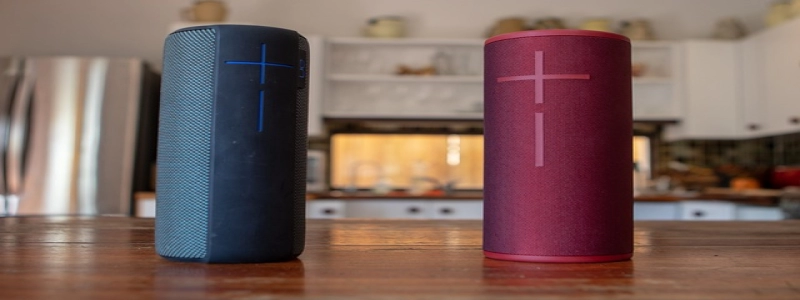How Fiber Optic Cable Works
Введение:
In today’s technology-driven world, communication plays a vital role in connecting people and businesses across the globe. One of the most efficient and reliable forms of communication is through fiber optic cables. These cables have revolutionized the telecommunications industry by providing high-speed data transmission and long-distance communication capabilities. В этой статье, we will delve deeper into how fiber optic cables work and why they are so widely used.
1. The Basics of Fiber Optic Cables:
Fiber optic cables are thin, transparent strands of glass or plastic that transmit data in the form of light signals. Unlike traditional copper cables, fiber optic cables utilize the principles of total internal reflection to carry data over long distances without any loss or interference. This makes them ideal for long-distance communication and high-speed data transfer.
2. Конструкция и компоненты:
A typical fiber optic cable consists of three main components: the core, the cladding, and the coating. The core, made of high-quality glass or plastic, is where the light signals travel. Сердцевину окружает оболочка., which has a lower refractive index than the core, allowing the light to bounce back into the core and preventing signal loss. Окончательно, the coating serves as a protective layer that shields the cable from external physical damage.
3. Transmitting Data:
Data transmission through fiber optic cables involves a process called modulation. To send data over the cable, an electrical signal is converted into a light signal using a device known as a modulator. The light signal then travels through the core of the cable, bouncing off the cladding. This bouncing, or internal reflection, occurs due to the total internal reflection principle, which ensures that the light signals stay within the core and do not escape.
4. Receiving Data:
На приемном конце, another essential device called a demodulator is used to convert the light signals back into electrical signals. This process allows the data to be interpreted by computers, televisions, telephones, or any other devices connected to the fiber optic network. The clarity and accuracy of the received data make fiber optic cables superior to other forms of communication mediums.
5. Advantages of Fiber Optic Cables:
Fiber optic cables offer numerous advantages over traditional copper wires. Во-первых, they provide significantly higher bandwidth, позволяет увеличить скорость передачи данных. Во-вторых, they are immune to electromagnetic interference, making them more reliable in areas with high levels of electrical noise. Кроме того, fiber optic cables are less susceptible to environmental factors such as temperature changes and moisture, ensuring consistent performance in various conditions.
Заключение:
В заключение, fiber optic cables have revolutionized the way we communicate and exchange data. Their ability to transmit information through light signals over long distances at high speeds makes them indispensable in today’s digital era. Understanding the basics of how fiber optic cables work highlights their reliability, эффективность, and superiority over other forms of communication mediums. Поскольку технологии продолжают развиваться, fiber optic cables will continue to play a crucial role in connecting the world.
